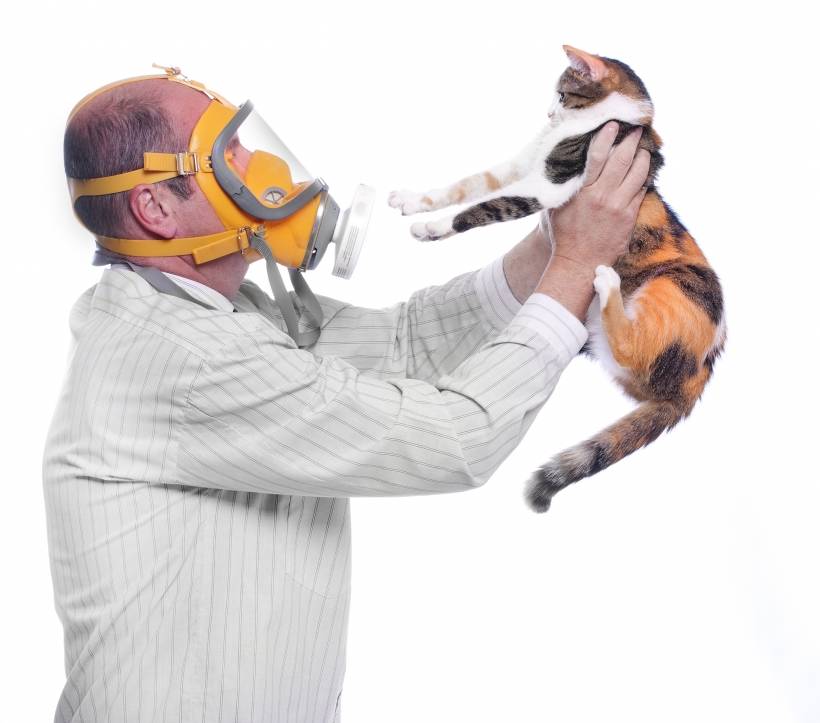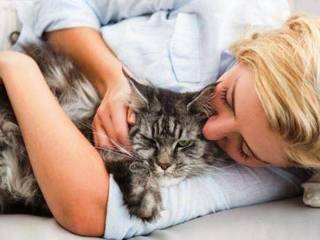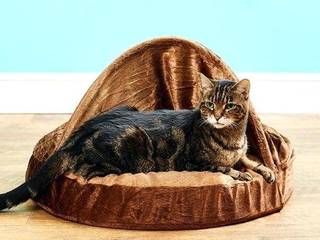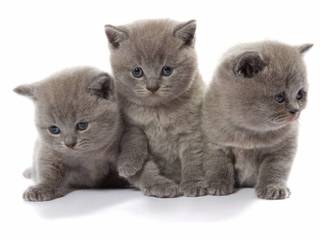An allergy is characterized by high sensitivity of the animals immune system to certain substances.It has the extremely severe reaction. The appearance of allergy symptoms is associated with the attempts of cats organism to cope with allergens.
Causes
Certain food products can cause allergic conditions in cats.Thus, there is a constant itching of the head and neck, the appearance of diarrhea and vomiting. Cats of any age may encounter with food allergies. Note, that cats having allergy to chicken meat is an indication for the chicken protein and fat exclusion from its diet.
As other allergens can be the following factors:
- 1. Fleas and products against them.
- 2. The dust particles, pollen.
- 3. Drugs.
- 4. Perfumes and household chemicals.
- 4. Tobacco smoke.
- 6. Materials made of plastic or rubber.
The development of allergies in cats might be in all breeds and at any age. Frequent being outdoors causes the tendency to the appearance of increased reaction to fleas and pollen. Overweight predisposes to the development of asthma. Asthma in cats is associated with sensitivity to contaminants in the environment, as well as pollen and stress.
Disease pattern
First of all, the cat allergy is manifested by sneezing, coughing and wheezing.In addition, a cat scratches its skin. This disease is characterized by strengthening of tearing. A typical sign of allergy to fleas is the emergence of itching in the back and tail.In addition, when cats have allergies, the digestive disturbances such as nausea and vomiting often appear.When there is inflammation of the throat, the snoring is observed. In severe cases, an allergy causes swelling of paws.
Pathology diagnostics
If your cat itches and has irritation, you should visit a vet dermatologist. The purpose of this visit is considered to do skin testing. However, this method is not sufficiently effective. This is due to the limited list of allergens that are in the test kits. The only way to detect food allergies is feeding cats hydrolyzed protein. The duration of such a diet is 12 weeks. After the disappearance of the symptoms of allergy, the conventional food is concluded into the diet. The development of allergic reactions helps to detect the product that caused the disease.
Treatment
The best way to deal with allergies in cats is considered the removal of allergens from the environment. The best treatment from the allergy to fleas is prevention. Good products from fleas are recommended. Allergy to dust provides a weekly cleaning cat litter. To relieve itching and remove allergens from the skin of the cat is recommended frequent bathing of the animal. To wash the cat use a mild shampoo.
As the drug therapy of allergy in cats, there are following preparations:
- 1. To reduce the activity of an allergic reaction are prescribed steroids and prednisolone.
- 2. To prevent an attack can be used antihistamines.
- 3. To facilitate skin irritation fatty acids as food additives are recommended.
The prevention of skin infections includes the use of sprays consisting of oat, aloe and other natural.
To eliminate the symptoms of asthma in cats bronchodilators are used. As a long-term treatment, prednisolone is recommended.






